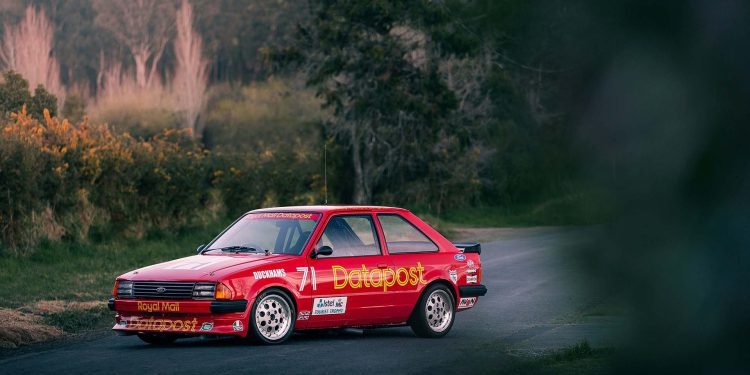1983 Ford Escort RS1600i Group A
Words/Photos: Richard Opie
Ford’s racing Escorts of the 60s and 70s were known for their three-wheeling track antics but, come the 1980s, the firm needed a new weapon for touring car racing. With the help of Longman Racing a new challenger emerged, an example of which now calls New Zealand home.
The appeal of touring car racing stands to reason. It’s the essence of “win on Sunday, sell on Monday,” creating a tribal following for car makers. It’s this ‘mass appeal’ that helped elevate top-level touring car racing and brought a certain status to nameplates that would have otherwise faded into obscurity. Despite being retired long ago, thanks to its racing heroics, Ford’s ‘Escort’ badge is irrevocably etched into saloon car lore.
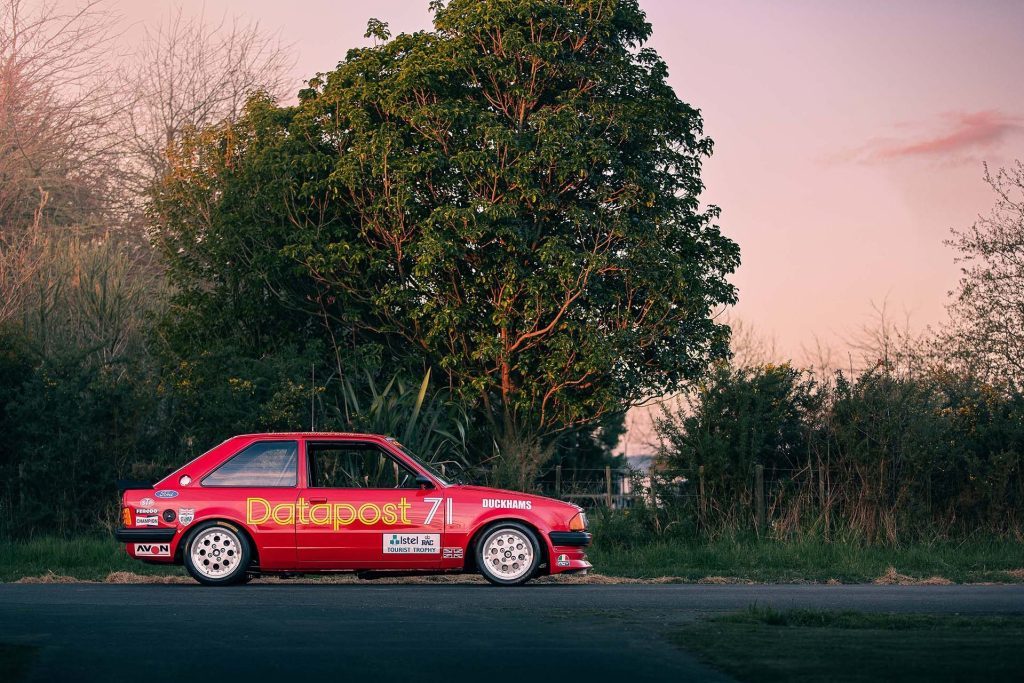
The legend began with the Mark 1 as the successor to the decorated Lotus Cortina. It would punch above its diminutive weight and would go on to secure worldwide success on both tarmac and gravel. The squared-off Mark 2 descendent picked up the baton and ran. And hell did it run, cementing Ford’s ‘RS’ badge in the public psyche.
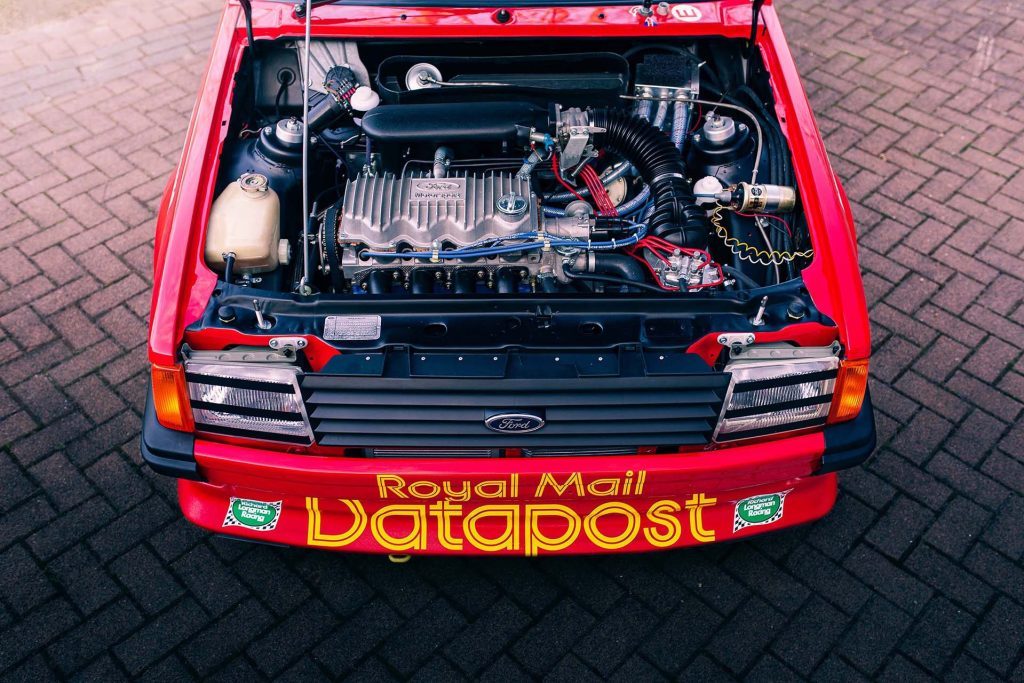
However, in September 1980, Ford of Europe released the third-generation Escort, a dramatic departure from those that came before. It was a complete reimagining of the nameplate, with a new front-wheel drive layout, independent suspension all round, and a fresh overhead cam engine with a hemispherical combustion chamber (CVH). The Escort now better measured up against the likes of the VW Golf, Vauxhall Astra and Honda Civic that it would meet in the supermarket car park. There was even a ‘warm’ carburetted XR3 arriving at launch. But what about racing?
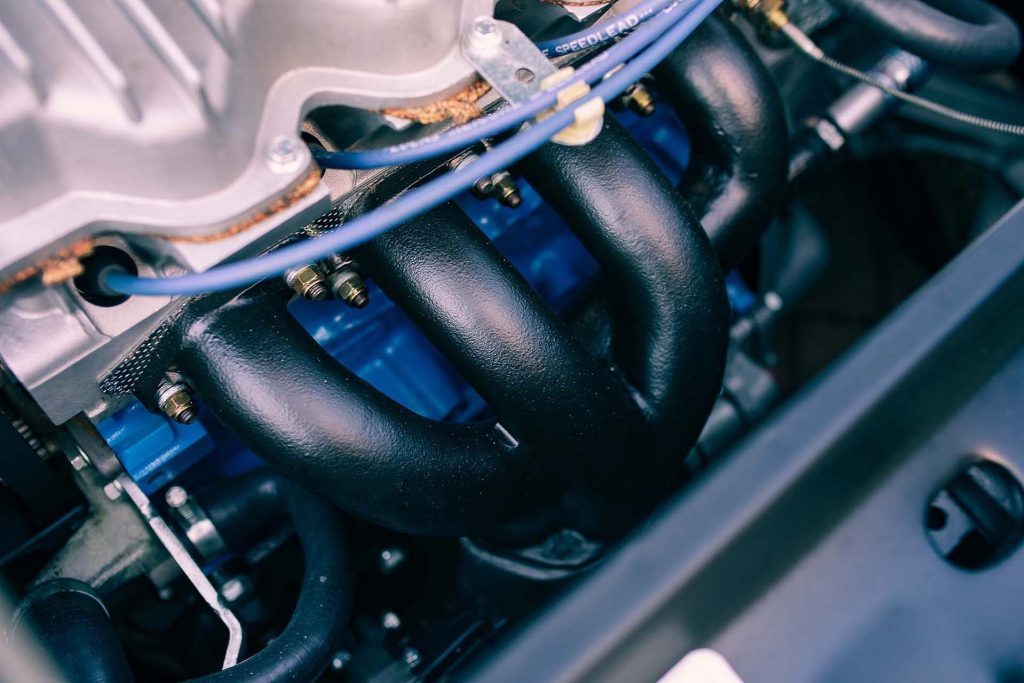
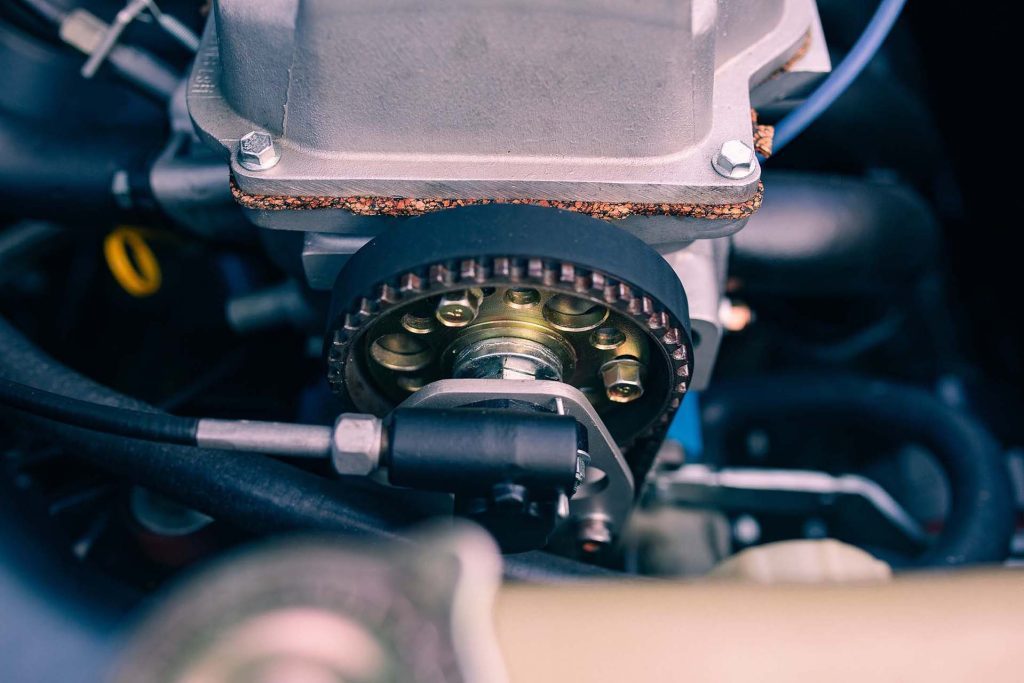
Heading into the 1980s, Ford didn’t have a Group A touring car challenger. The venerable Capri was at the end of its life in Group 1 form, and the fire-breathing Sierra Cosworth was yet to change the game. The Mark 3 Escort was the hottest new thing in the showroom, so why not bring it to the table as a challenger?
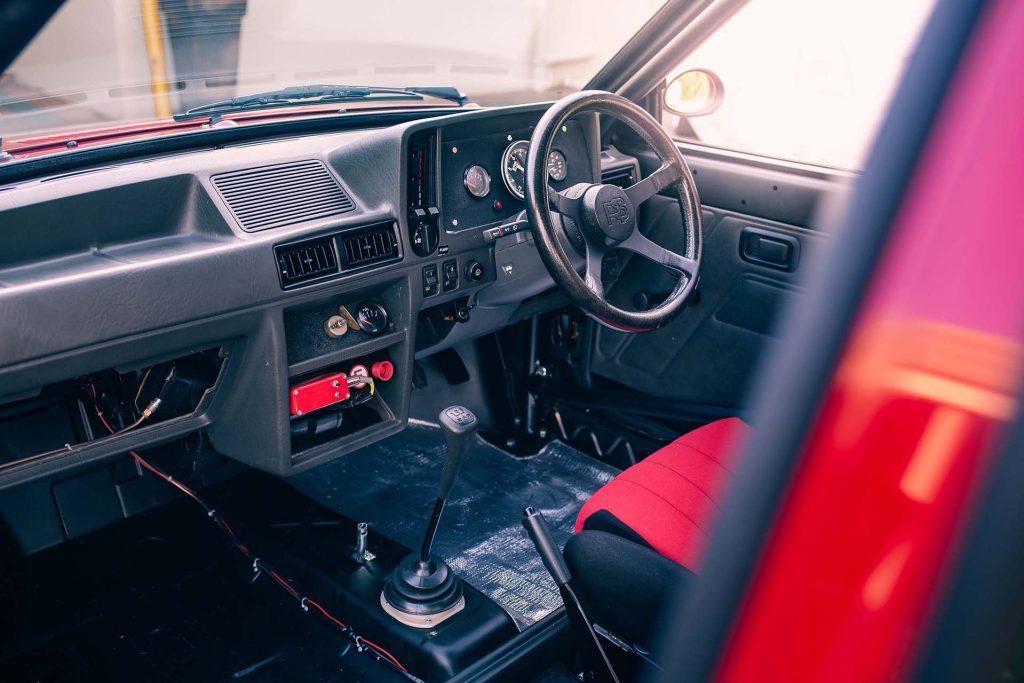
Ford Germany worked its magic and the resulting RS1600i improved the Mark 3 within the confines of the Group A regulations while ensuring the minimum production run of 5000 units could be met. The Cologne team unveiled their new RS weapon a year after the Mark 3 first launched. A notable addition was Bosch K-Jetronic mechanical fuel injection. Internally, the cylinder head benefitted from port modifications, as well as solid tappets and a special camshaft. Altogether the mods netted 115hp at 5750rpm. The engine, coupled to a revised close-ratio gearset, delivered its power in an effervescent, ‘sporty’ manner according to reviews of the time.
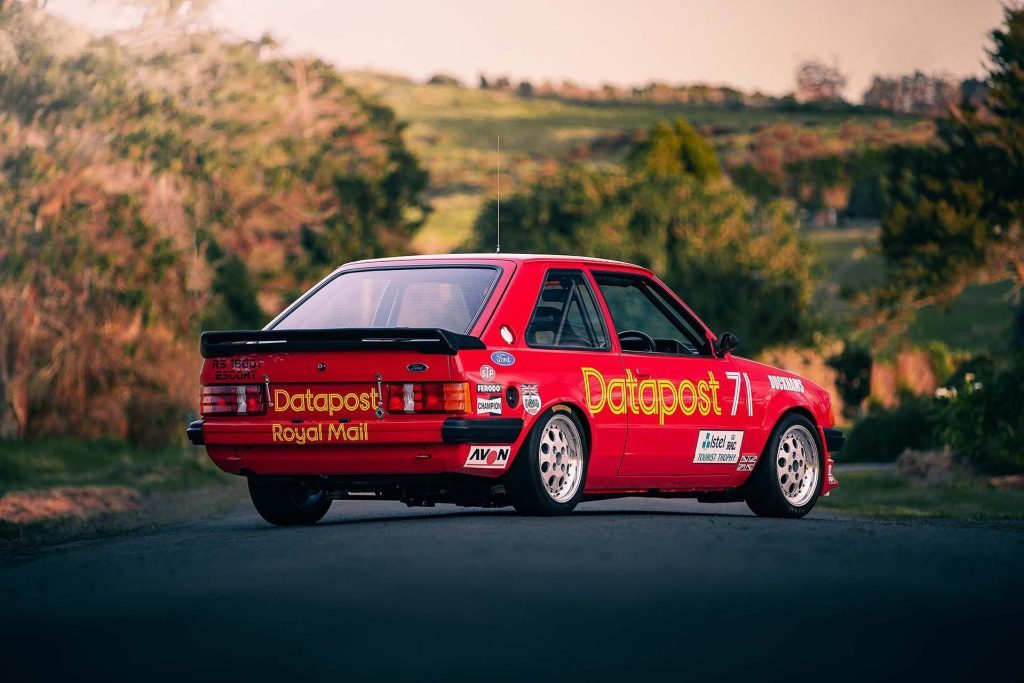
Naturally the chassis was fettled, including the addition of a cast aluminium subframe supporting a revised front suspension layout. The sway bar was now mounted separate from the lower control arms. A lowered stance on Koni dampers, 15-inch wheels and front and rear spoilers finished off the package.
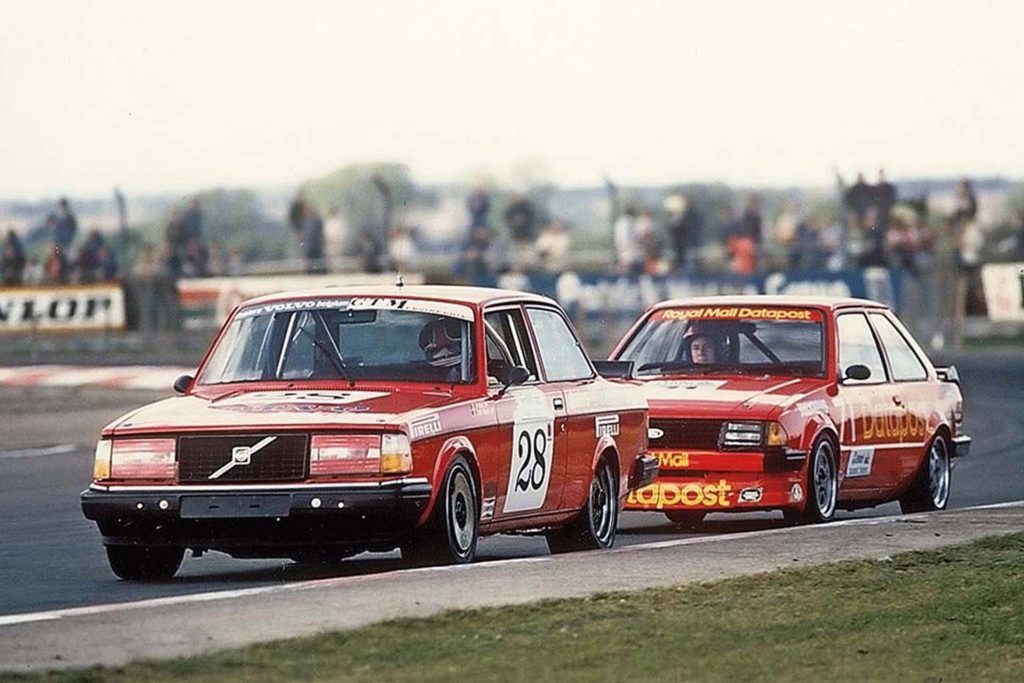
The RS1600i would take to both rally stage and race track, but the touring car effort, particularly in the UK, would not see a bona fide ‘factory’ entrant. Instead, Ford charged a range of privateers with the responsibility of campaigning the mighty Mark 3. The most successful of these would be the Longman Racing RS1600i cars, resplendent in their Royal Mail Datapost livery and running at the pointy end of the Class C (0-1600cc) field.
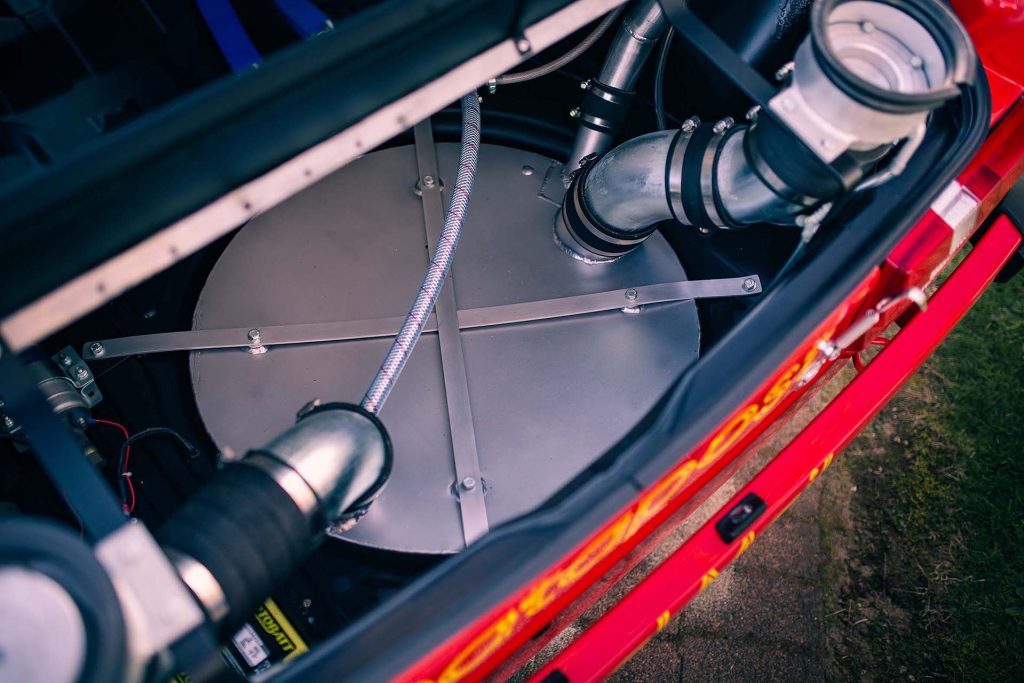
Longman was a specialist when it came to making front-wheel drive cars perform. After cutting his teeth as both driver and engineer at Downton Engineering, an outfit notable for producing high-performing Minis and BMC-powered machines, Longman set up his own shop in 1971. While nurturing the fledgling company, he still found time to race single seaters successfully. His on-track exploits even earned him an offer from March to race full time but ultimately he’d find himself back on track in the British Touring Car Championship, at the wheel of Mini Clubmans, where he took the outright title in 1978 and 1979. The Datapost livery first appeared in 1980 on a Longman-engineered Ford Fiesta, then on an Austin Metro. For 1983 however, the Longman Racing team was set to paint a brace of RS1600is in the red-and-yellow colour scheme. The team developed the Escort into a contender, with engine builder George Toth concocting an 11.0:1 1600cc CVH unit within the Group A regs. Internally, things weren’t much different from the production engine, aside from bespoke head modifications and a Longman-developed camshaft. The Bosch K-Jet injection remained, albeit with a driver adjustable mixture control in the cabin. Race engines were said to produce 165hp while screaming to 7400rpm.
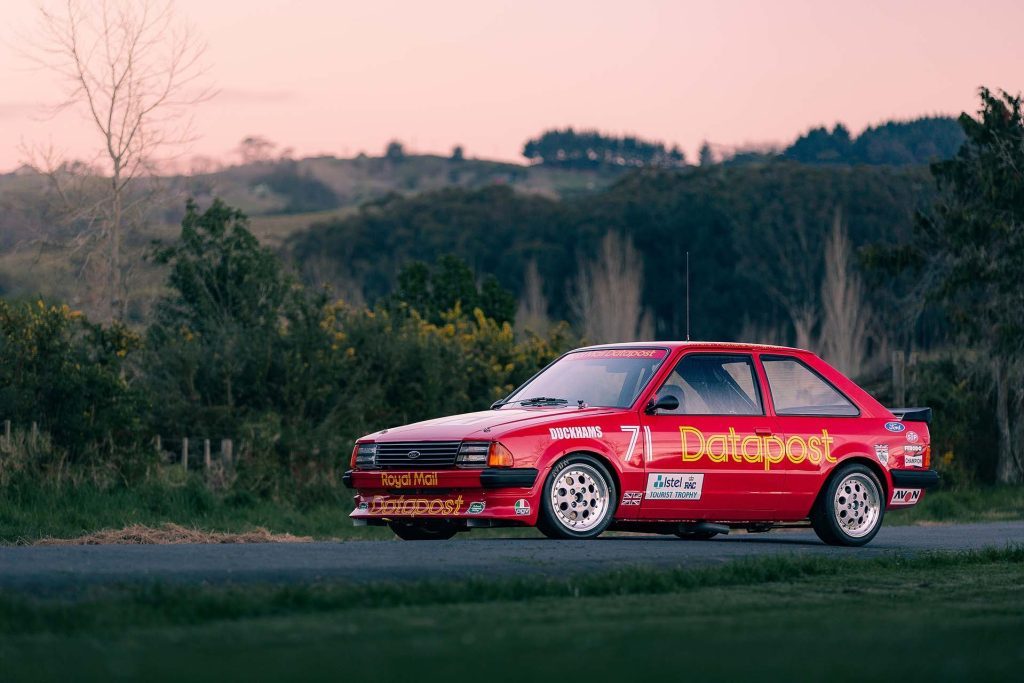
Adjustable suspension featured spherical bearings replacing the usual rubber bushes, with GAZ shocks at each corner. The relatively small 240mm rotors gained four-pot AP calipers up front, while the factory drums remained at the rear.
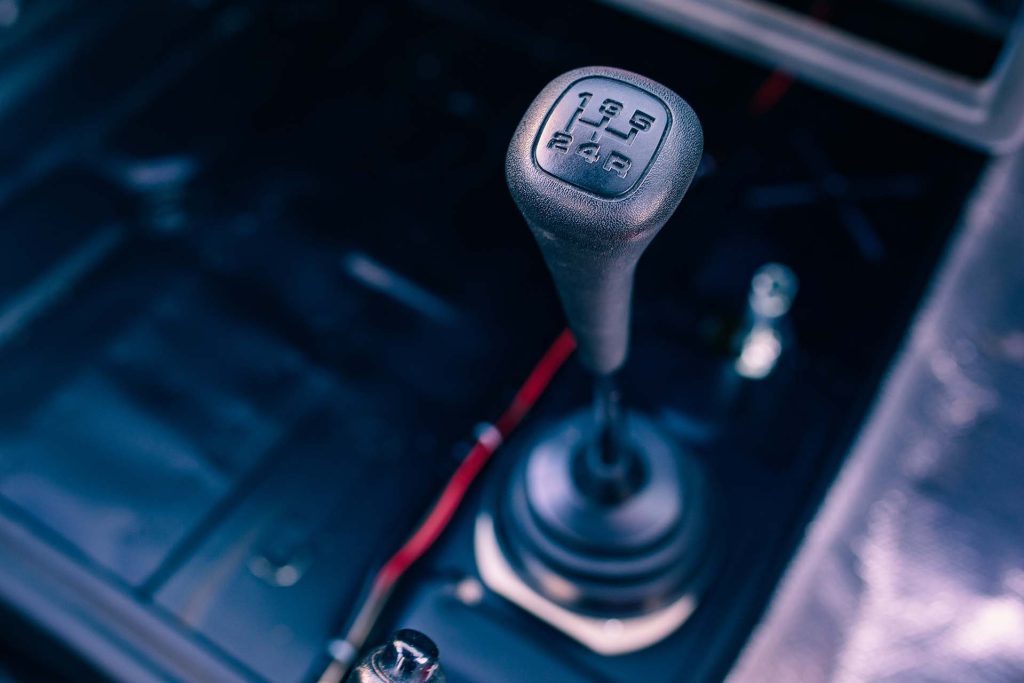
With their RS1600i, the Longman team would find some success. Driver Alan Curnow would place fourth outright in the debut season, and third in the Class C standings, unable to best the Golf GTi of Alan Minshaw. The following season, Longman himself wrestled the RS1600i to second overall and top honours in Class C.
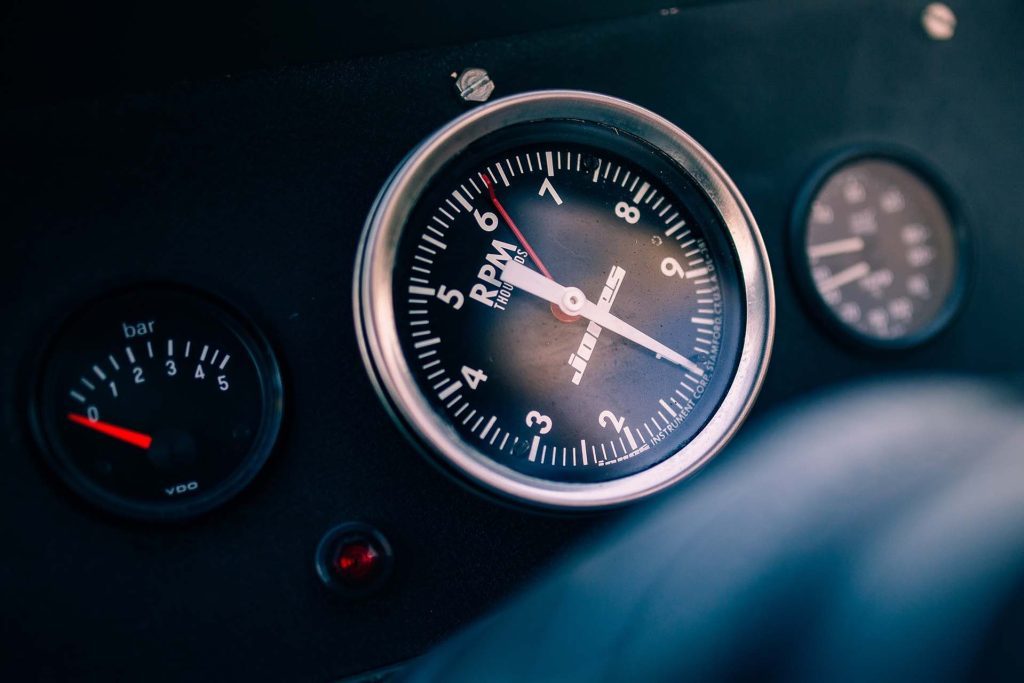
The most notable success however was achieved by the car you see here, during the RAC Tourist Trophy race. Unlike the usual BTCC rounds, the TT was an endurance race, and a round of the European Touring Car championship.
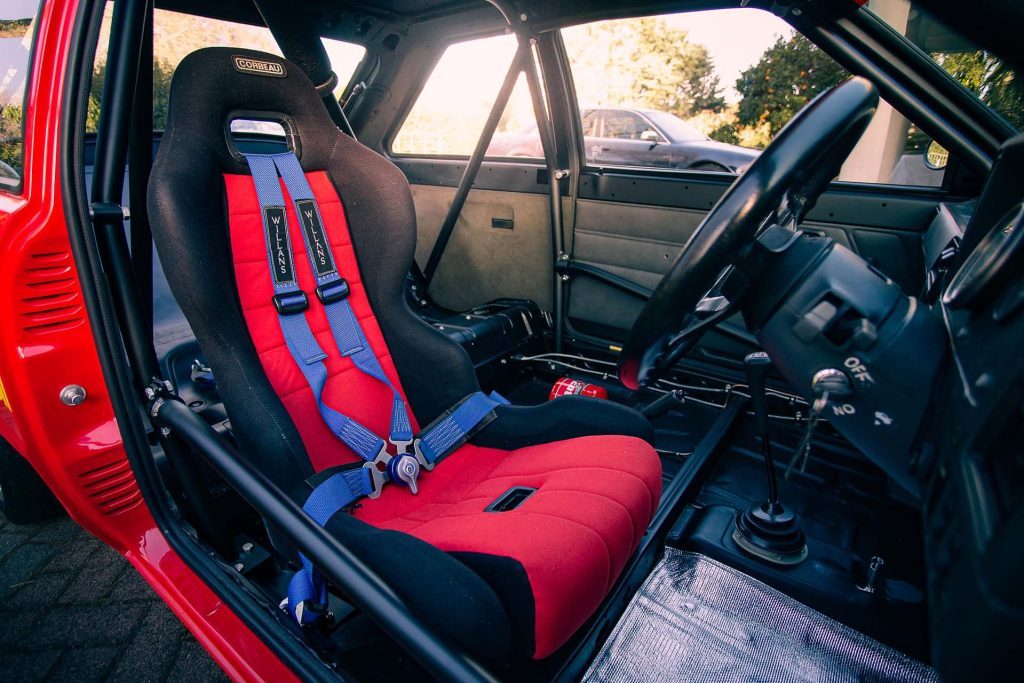
Equipped with a long range fuel tank, Longman paired up with Curnow to take on Europe’s best at Silverstone. The car would win Division 1 honours for consecutive years in 1983 and 1984, further adding to the RS1600i collection of silverware.
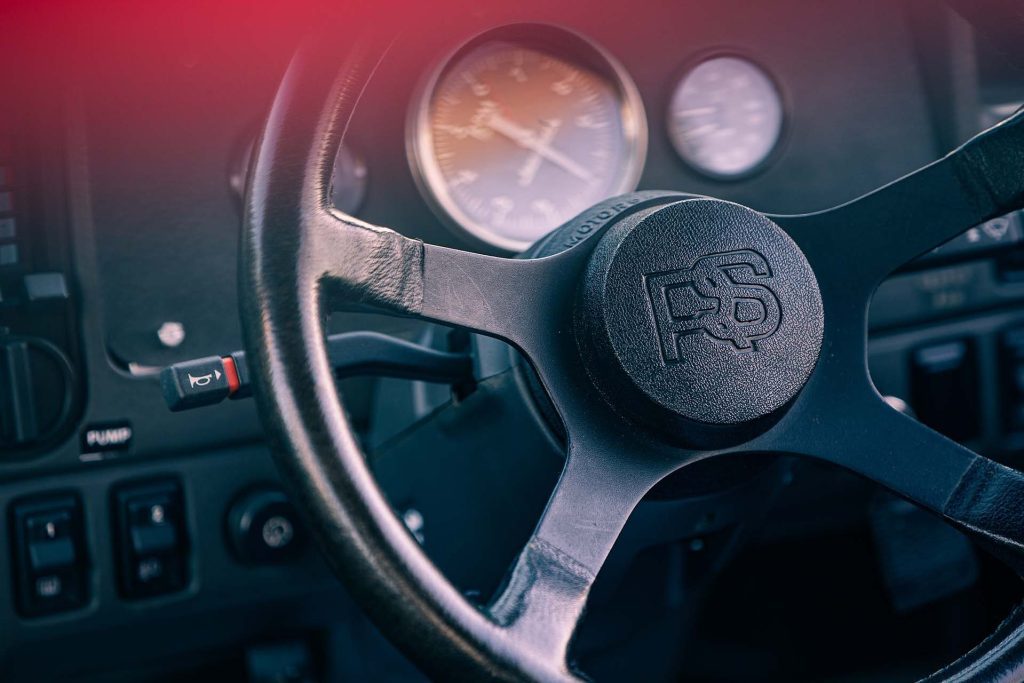
The Mark 3 Escort was never sold here as the KB Laser was Ford’s local small car option. However, at the conclusion of the RS1600i’s UK career, the cars were spirited across to Kiwi shores, just in time for the second running of the Wellington Street Race and the TT winning car would end up in the custody of Paul Mabee. Its NZ record was hardly glowing; a DNF in its first Wellington 500 while finishing 13th in 1987. By this stage, it was uncompetitive and was listed for sale, through Kiwi motorsport legend and then wheeler-dealer, Ken Smith.
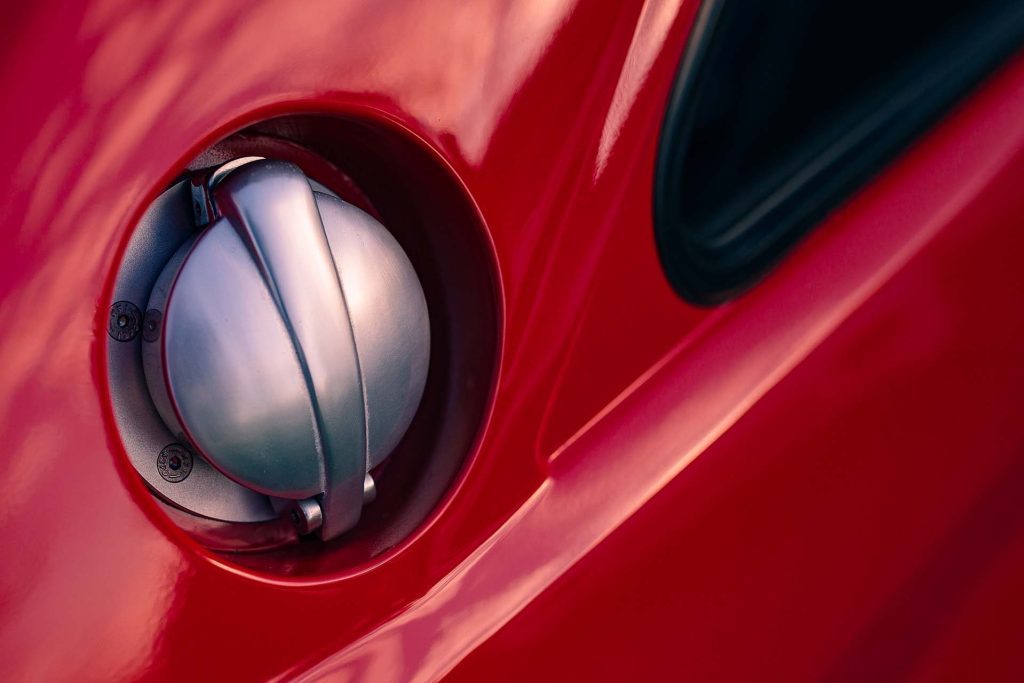
The little Escort didn’t realise how lucky it was when the new owner, Myles Hicks, took possession. “I don’t really know why I liked it, but I knew it was a Datapost car and they did have some success in the UK,” explains Myles.
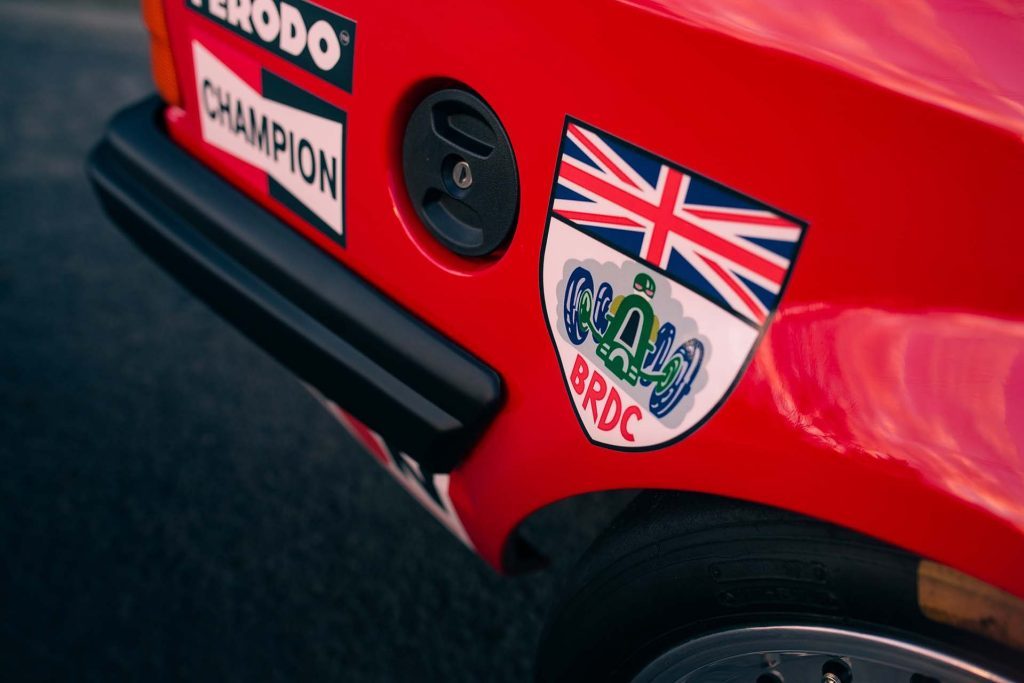
The car would have to wait its turn to be resurrected in its iconic livery. “I wanted to keep it as authentic as possible,” explains Myles, “and I was interested in maybe entering it in Targa.”
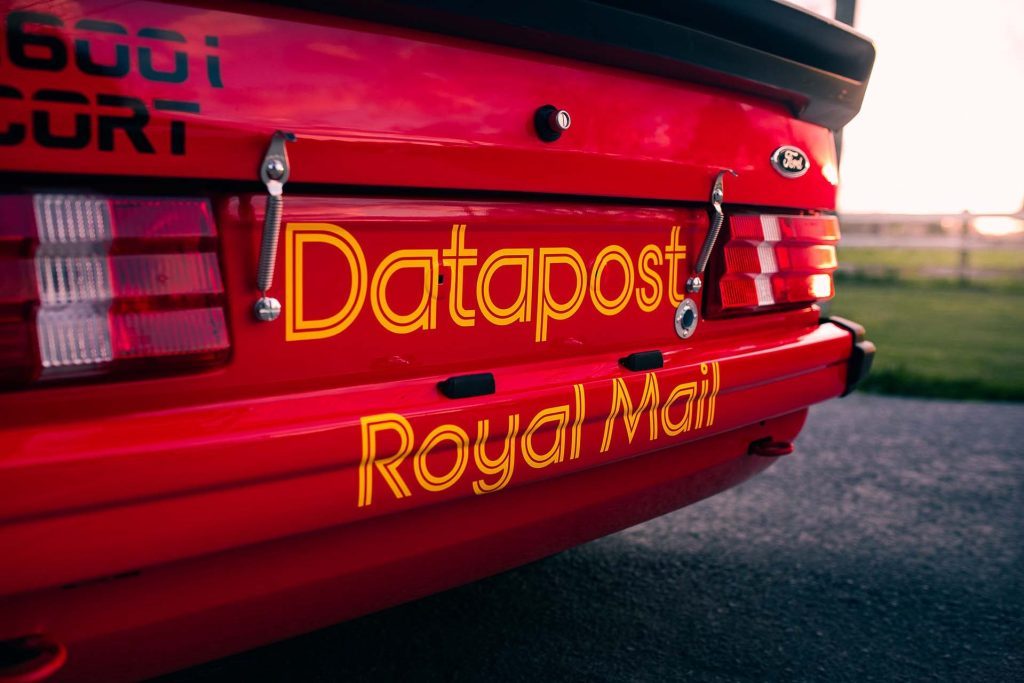
Bringing the car back to life was a task. “Being a back marker car, it’d had a bit of a hammering, as the big boys just used to push them out of the way to get past. And while the chassis had never seen a big hit and was perfectly straight, the panels were full of quite a bit of poo,” laughs Myles.
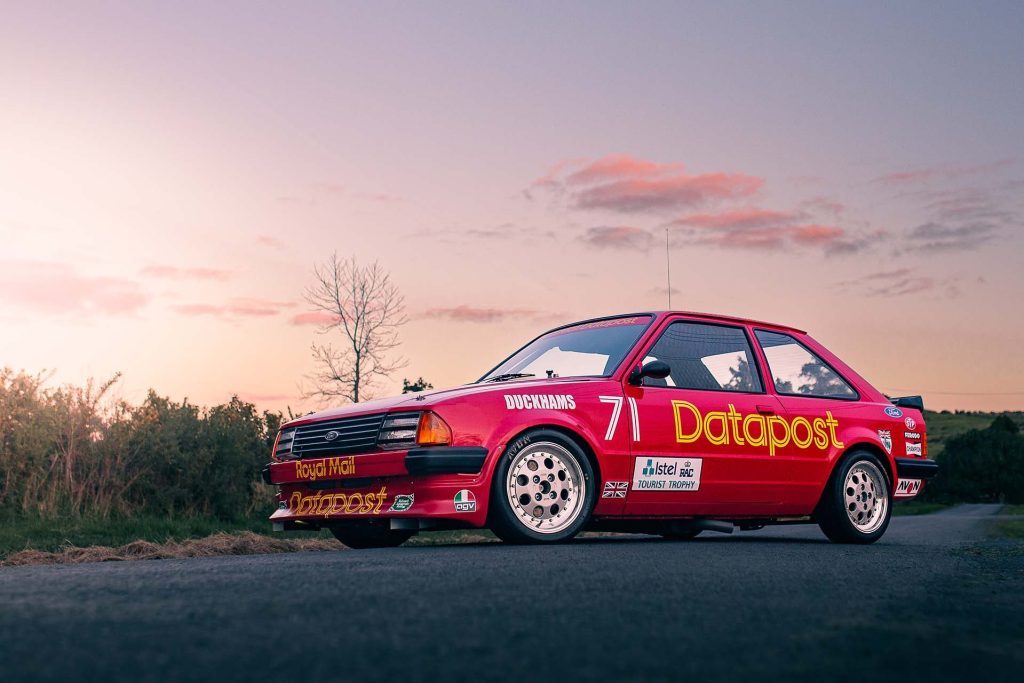
The car was semi-reskinned with new-old-stock panels, with new lights, lenses and bumpers endowing the exterior with an as-new appearance. The Datapost livery now shines brightly, channeling early-1980s style with its unique typeface.
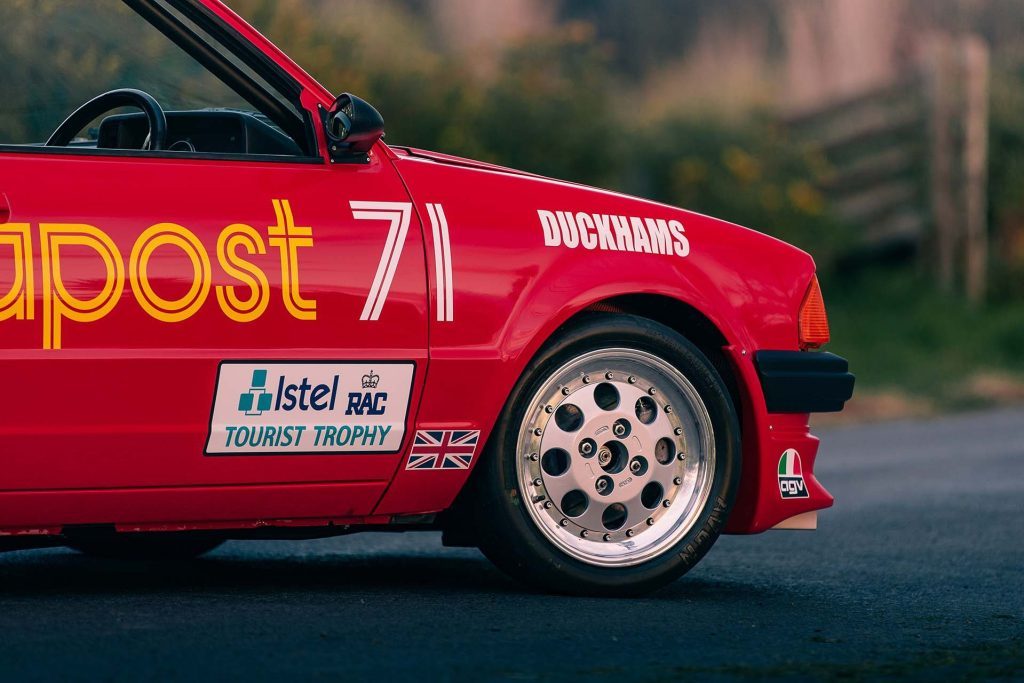
“The mechanicals are all original to the car; we didn’t need to do too much to it in that respect.” Despite this the underbonnet presents immaculately, right down to the Group A specific ignition system and its curious ‘curly’ wiring.
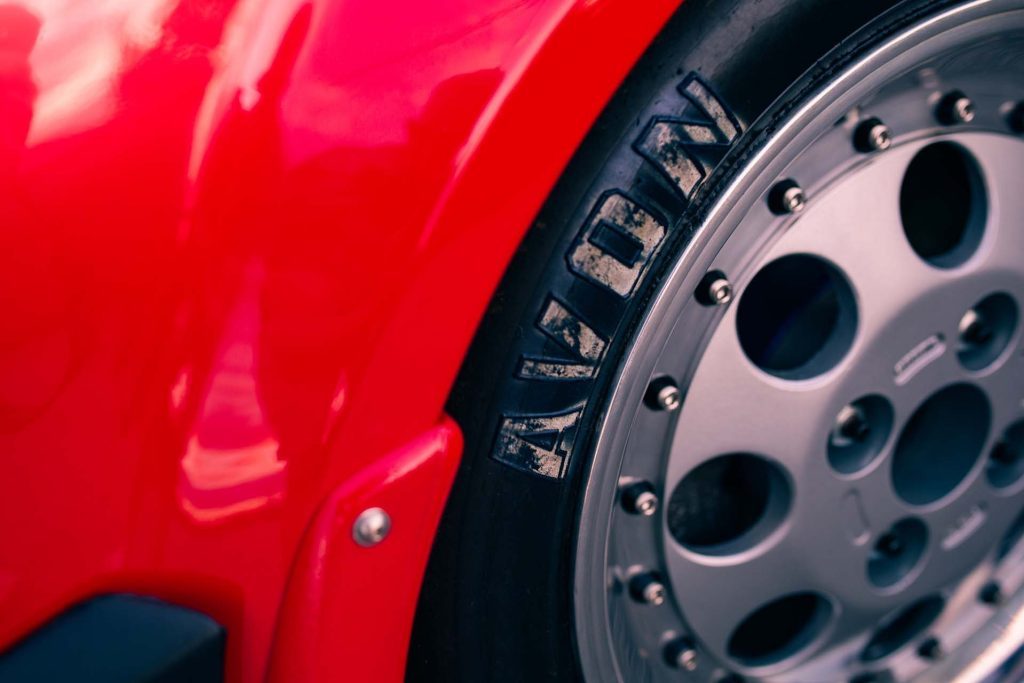
Inside things are basically as the car exited its competitive career. The alloy Safety Devices cage remains in place – itself an obstacle to running the car in present day competition – along with the fixed back bucket, harness and only the necessary instrumentation. The massive long range tank remains in the boot, with an array of filling options. The cherry on top is the immaculately preserved three-piece Compomotive 15-inch wheels, still shod in the tyres the car came off the track with in 1987.
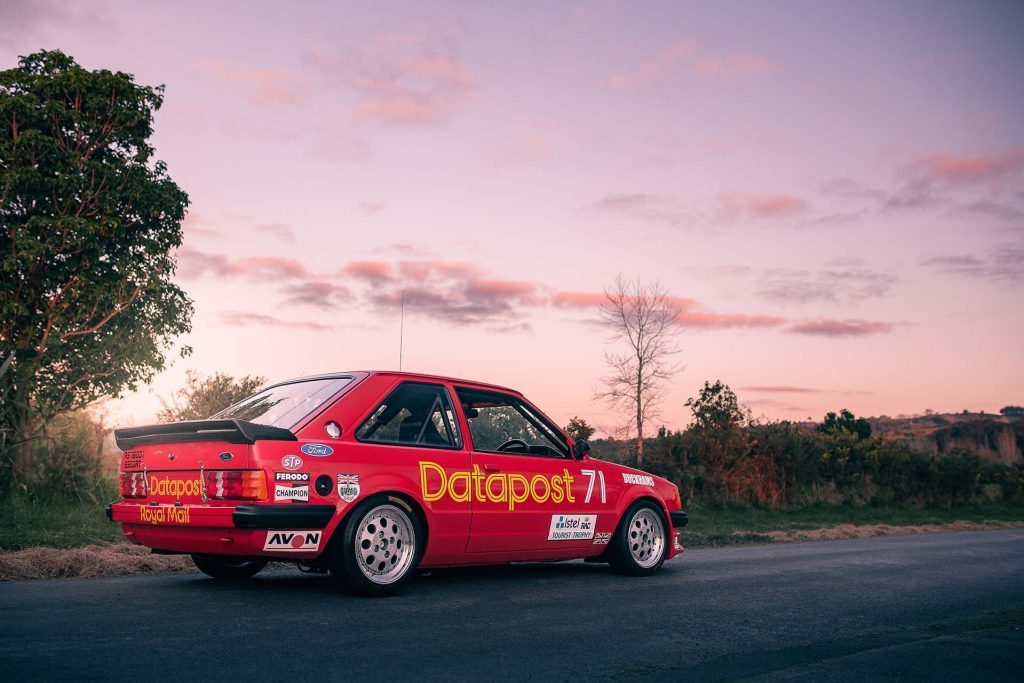
The Mark 3 Escort sure is a curious piece of Group A history. It might not have the same cachet as the big hitters but it helped Ford keep up appearances on track in the early eighties, and stoke that tribal following, prior to the arrival of the dominant Sierra.


